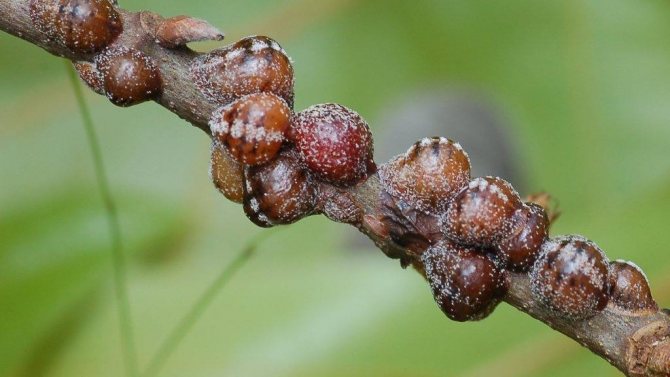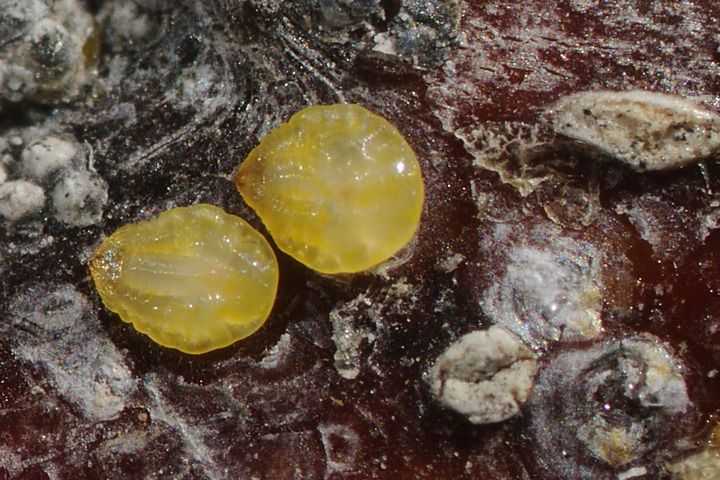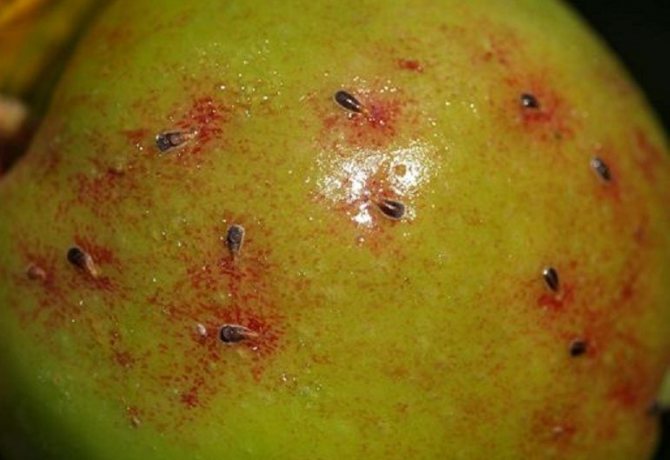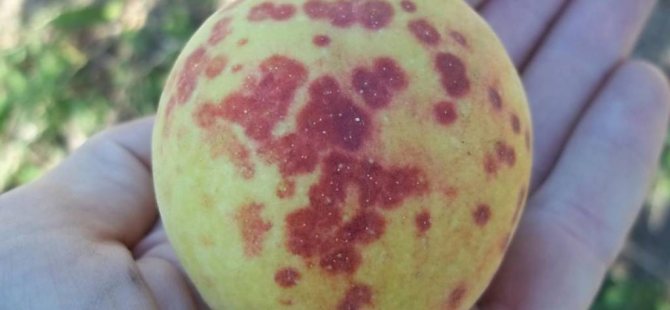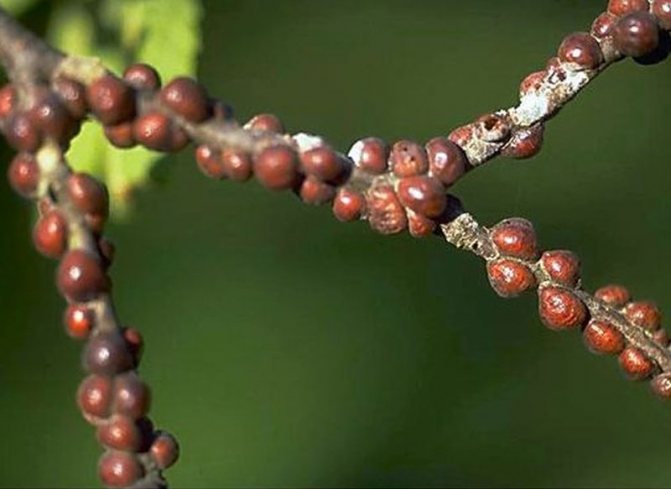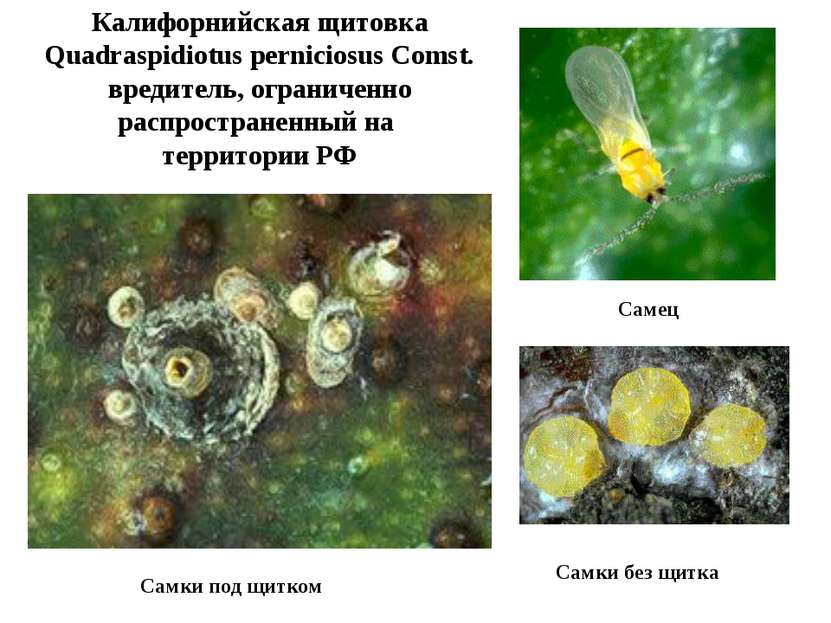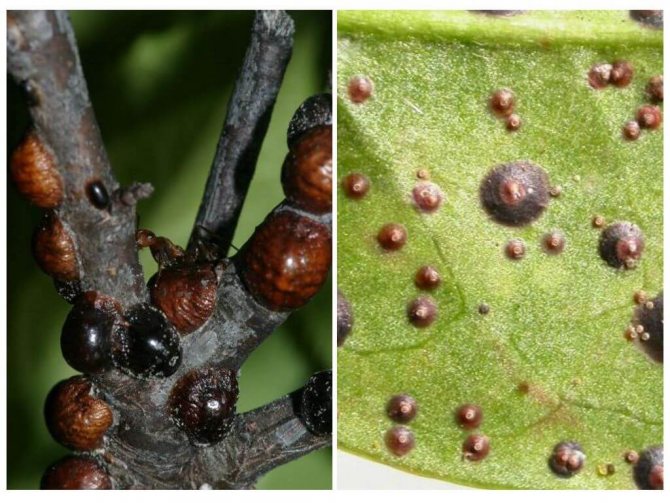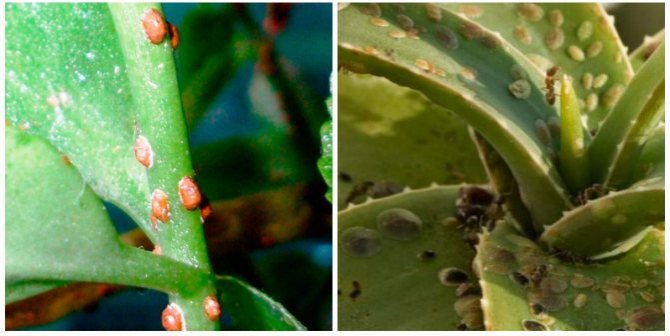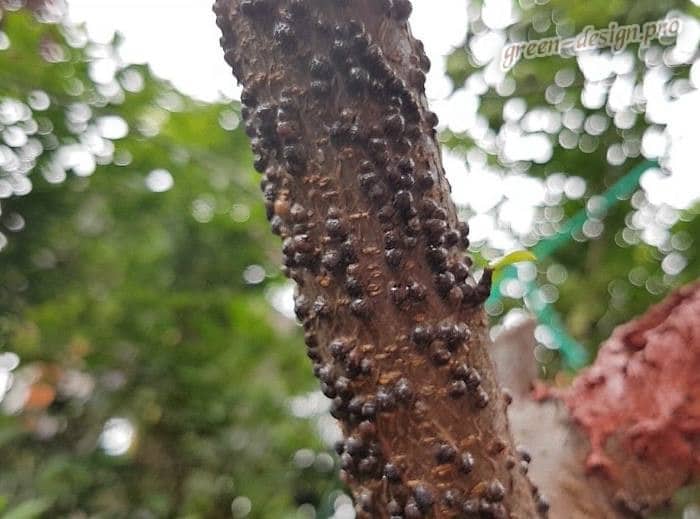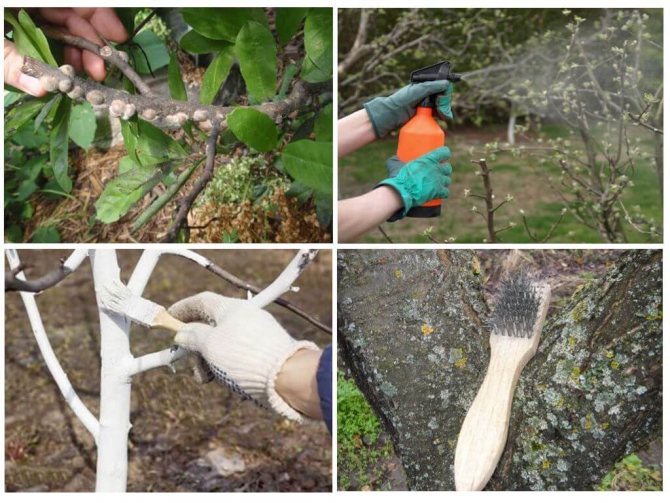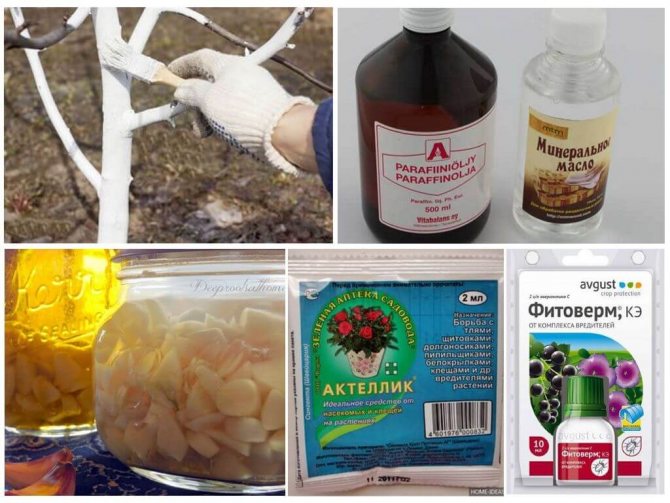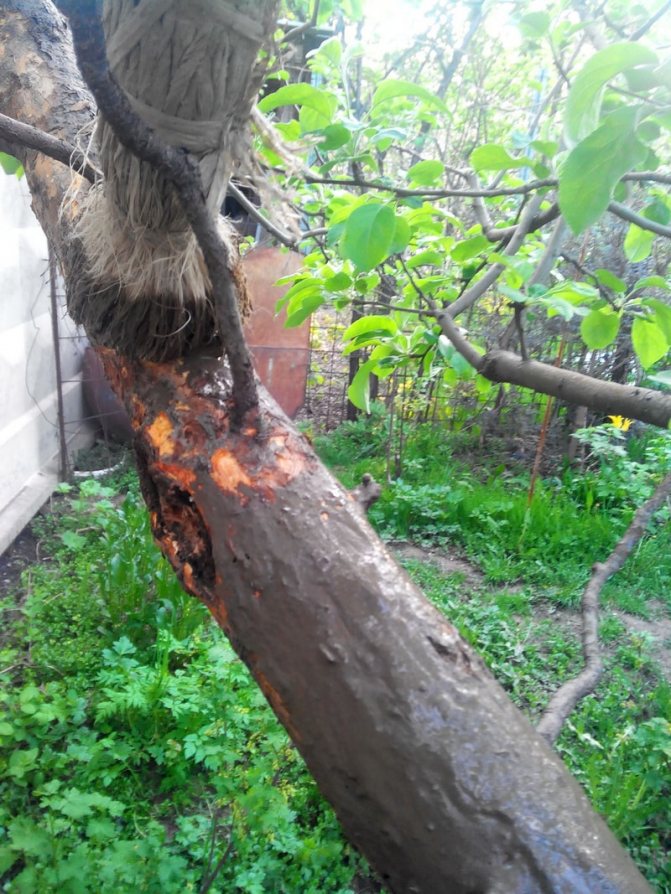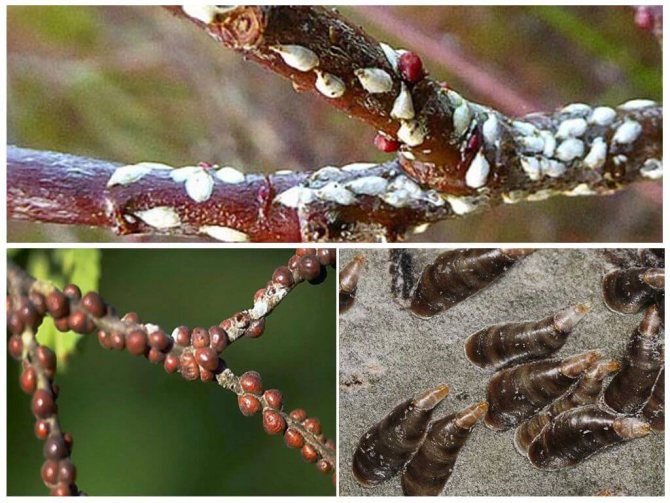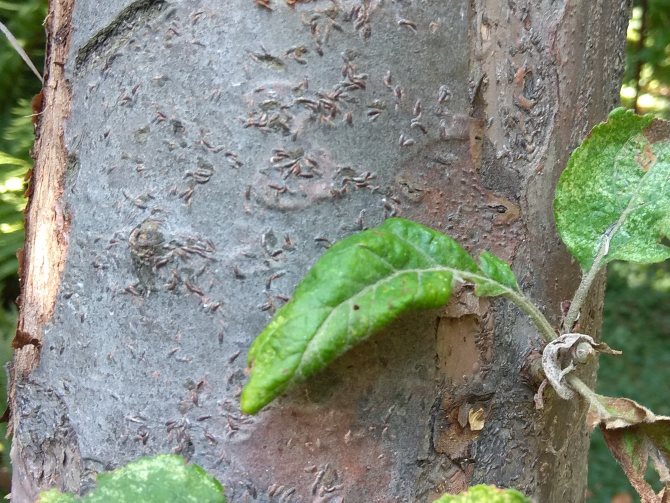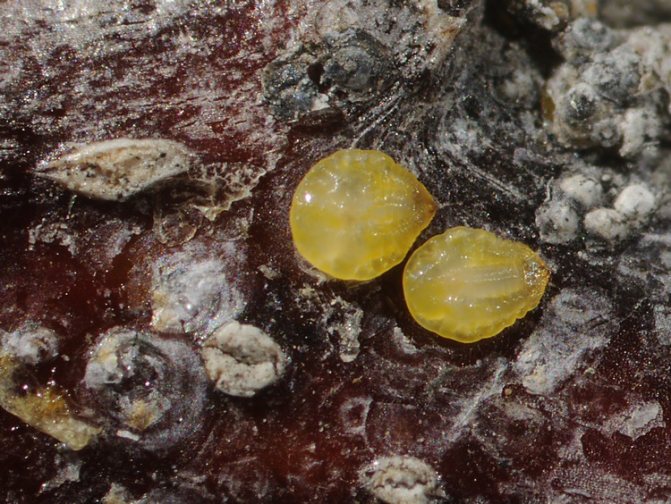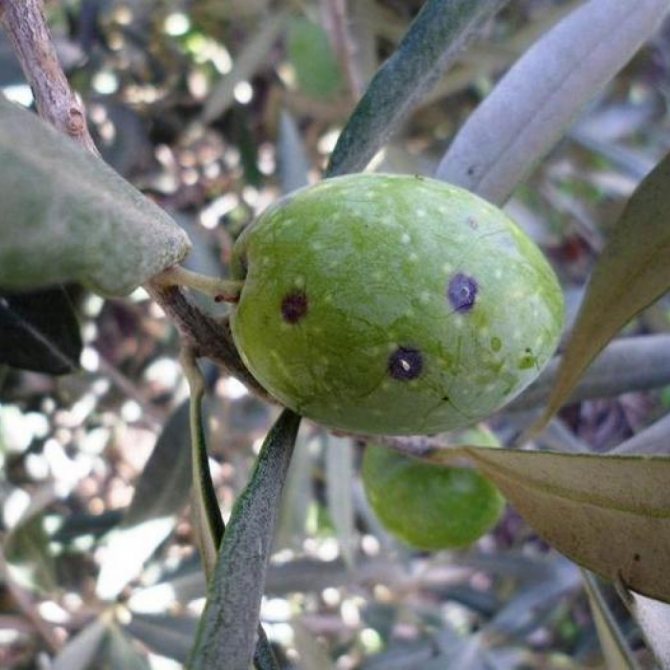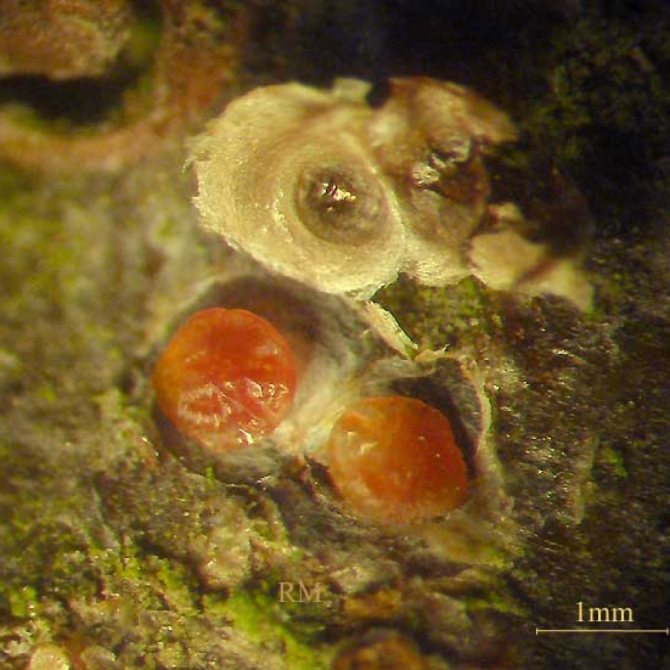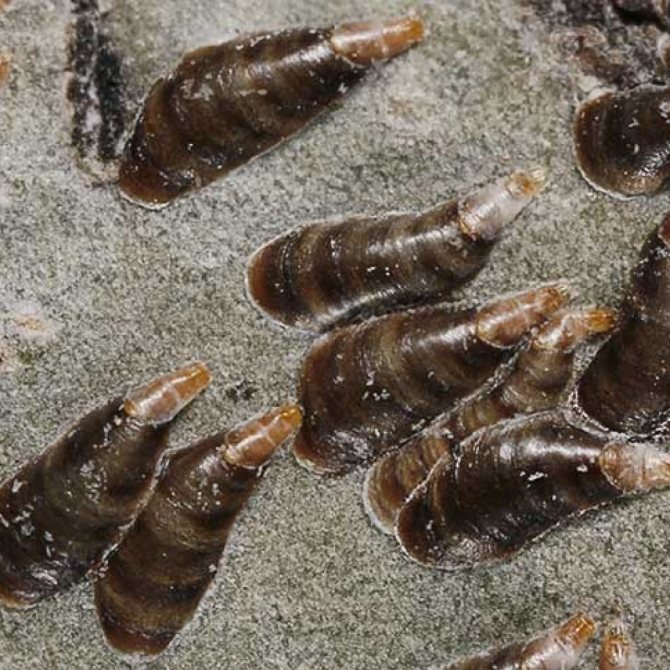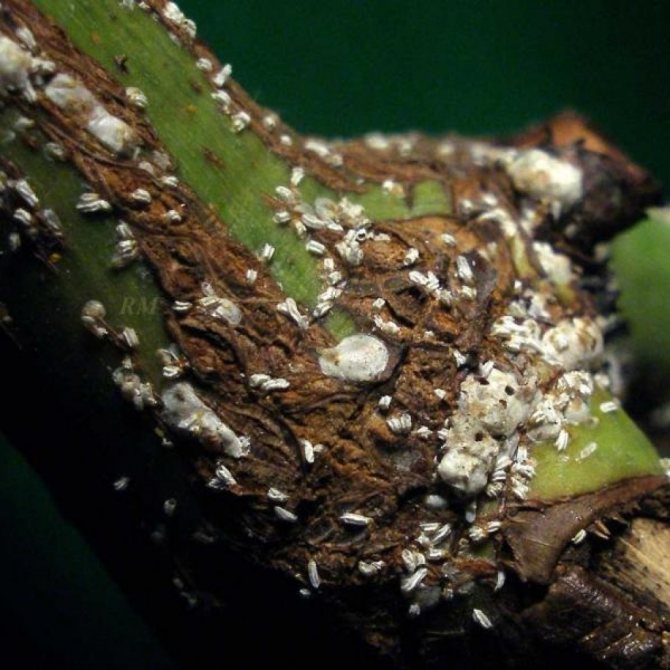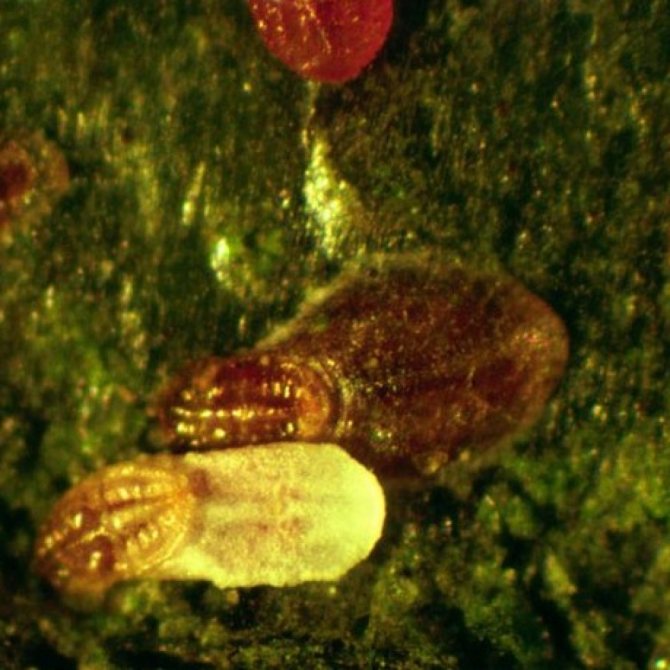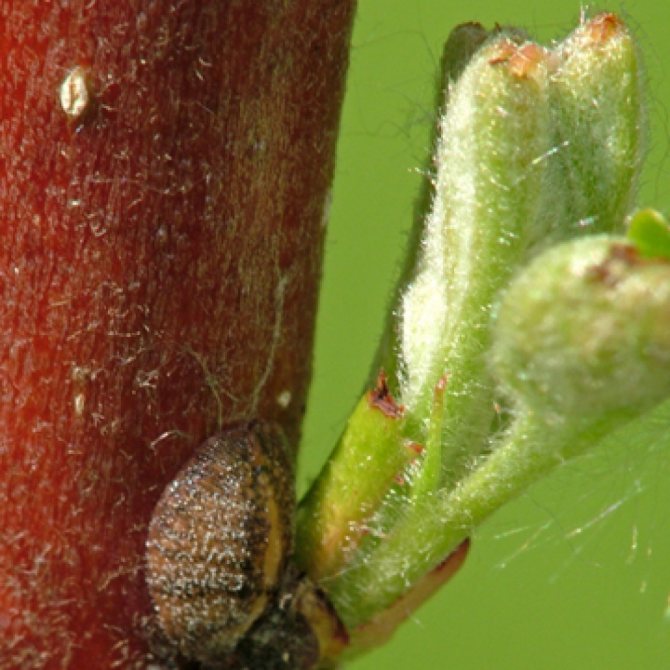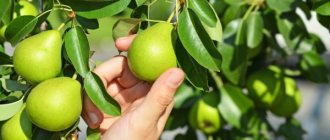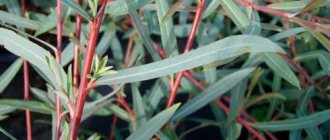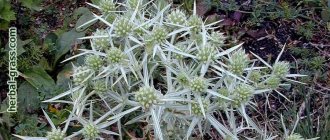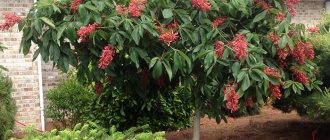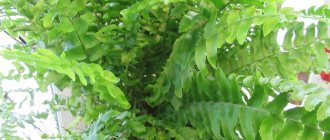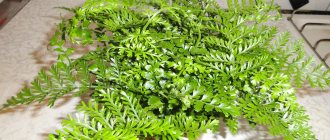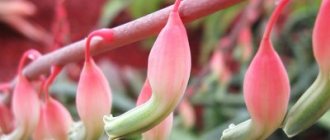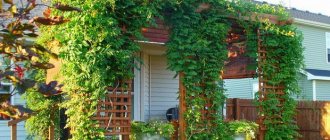The difficulty in the question of how to deal with the scale insect on an apple tree is that this insect is not so easy to identify. These small creatures do not look like ordinary larvae, worms or butterflies. This is due to the fact that both eggs and larvae and imago of these insects exist under shields hiding them from human eyes, thanks to which they got their name.
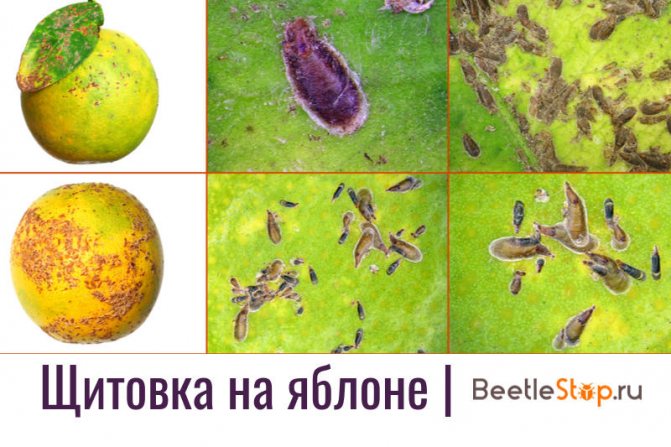
Reference! The apple shield is also called comma.
Description of insects
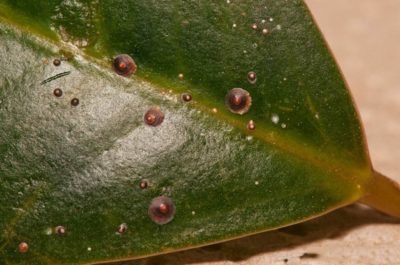

The family to which this scale belongs is pseudococcids. The closest relatives of this insect are false shields. They belong to almost the same family - coccid. These two species are pests, and it is impossible to distinguish them at first glance. For accurate recognition of the insect, it is necessary to remove it from the plant.
Real scale insects do not have a shield in their composition, because it is not part of their body. Often, when removing an insect from a plant, you first remove its shield, and the animal itself will remain on the plant and continue to cause harm. If you are dealing with false shields, then the situation will turn in a slightly different way. When you start removing this organism, then it will be removed all at once.
Scabbards in nature are represented by a very large number of their species. If the agronomist is experienced, then he will almost immediately notice this parasite on the plant and will immediately begin to apply measures to eliminate it.
On a note. The body of the scabbard itself can be covered with a special wax shield, reaching five millimeters. The difference in these shields can be different, both in length and in width.
Such organisms reproduce by laying eggs. But still viviparous scale insects are also found in nature. Females can live for several months and cover their eggs all their lives. At the same time, males of this insect have a more extensive life. But at the same time, these males have a short life span, which reaches only a few days.
From females to the larvae themselves, all organisms have an exclusively negative effect on a particular plant. By sucking out the juice, they take away from indoor plants all the microorganisms necessary for vital activity (you can read about the reasons for the appearance of scale insects on indoor plants and methods of dealing with it here). The lack of all the elements in the plant leads to the fact that death occurs.
A plant that is affected by this insect loses color and dries up. Shoots dry up and completely stop growing. Such pests in most cases prefer palm or citrus trees.
Fight
Prevention
Bearing in mind that it is easier to prevent trouble, we will tell you about preventive measures against scabies. They are not difficult at all and should be performed in every garden:
- Timely sanitary and rejuvenating spring pruning of apple trees. At the same time, branches are also cut out, thickening the crown.
- Constant examination of the tree for possible infection, because a small colony of pests is easier to destroy.
- Inspection of seedlings purchased from a good neighbor in the country, as well as specialized stores and fruit nurseries.
- Regular removal of lichens, mosses and peeling of the bark, sanitizing tree wounds with recommended preparations, the same garden pitch
Chemicals and other spray preparations
Scabbards protected by their shells are practically not susceptible to the destructive properties of pesticides. The only time when it is worth trying to sanitize is the moment the vagrant nymphs appear. Then their delicate bodies may die from the spraying.
Attention! In addition to dangerous chemicals, which are littered with all the shelves of garden shops, you can completely do with biological drugs, such as Fitoverm.
Basically, the methods of dealing with the scabbard on an apple tree are of mechanical properties. This is all kinds of cleansing of the bark and flushing with various preparations.
Metal brushes
Brushes, which I use to process rust on metal, are perfect for scraping scabbards off the trunks and branches of plants. Although it must be said that it is better to cut off and burn a heavily affected branch altogether.
Varieties and their photos
Consider all types of scale insects that exist and their features.
California
This type of insect is distributed exclusively in the southern regions, as well as in the Far East. The californian scale insect can infect about 200 species of plants of woody origin. Fruit trees, such as pear, apples, cherry plums, plums, are most suitable for her taste.
According to the phenocalendar, wintering at the Californian scale insect takes place on the bark of a tree in the form of larvae. In the spring, their larvae grow and turn into females or males. The larvae themselves have a shield. At the first stage, it is white, and then the color changes and becomes gray. Plants that are attacked by such insects quickly become weak and their bark cracks.
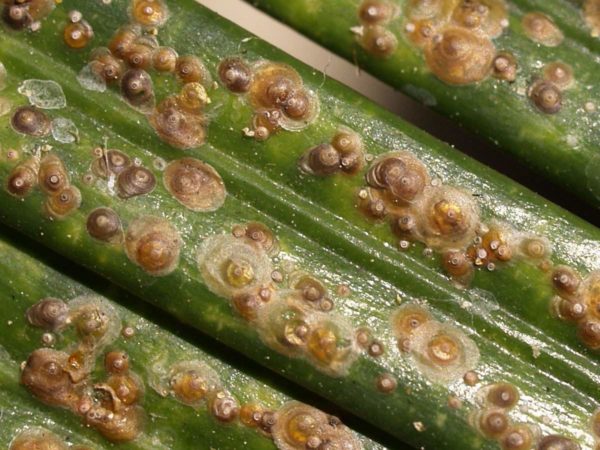

Watch a video about the Californian scale insect:
Mulberry
Both the larvae and the females of the mulberry scale are capable of developing and growing exclusively on thin shoots or branches. Often, exclusively female scale insects develop on the upper branches of plants, but males already live on the lower branches. Based on this, young and thin shoots are associated only with females.
If there are a lot of pests of this nature on the tree, then they cover it with white mucus., due to which the tree becomes like a birch.
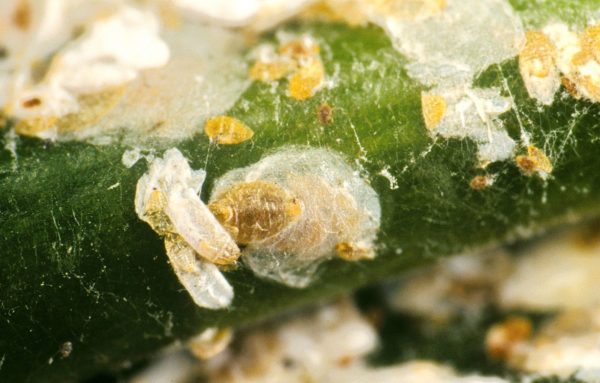

Comma
The comma-shaped scale insect is a half-winged species of insects.
Reference. It is also a pest of a large number of crops. But often this kind can be found in the area of fruit trees, and in particular - apple trees.
The comma-shaped scale has a body up to one and a half centimeters long. This body is located under the scutellum, which is twice the length of the body.
The female has a brown scutellum, and the male is lighter. At one time, the female can lay up to 90 eggs, this process takes place in August and often on the shoots of young trees. After the end of winter, the larvae hatch on their own and creep along various branches. Thus, a new generation of pests appears that suck the sap of the plant.
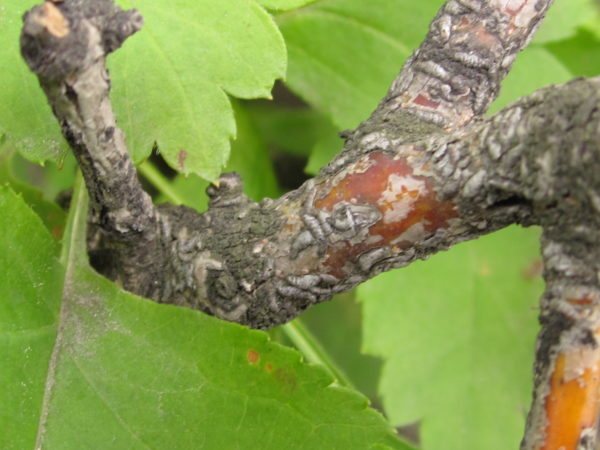

Palm
The palm scale has its name due to the fact that it damages a fairly large number of plants, but exclusively of palm origin. The scutellum of a female of this species has a transparent color, and in certain cases it can become gray. The male at the same time has a yellow shield color.
Pests of this type take up space on the bottom layer of the leaf. If they attack the plant en masse, they hit the leaf and it dries up.
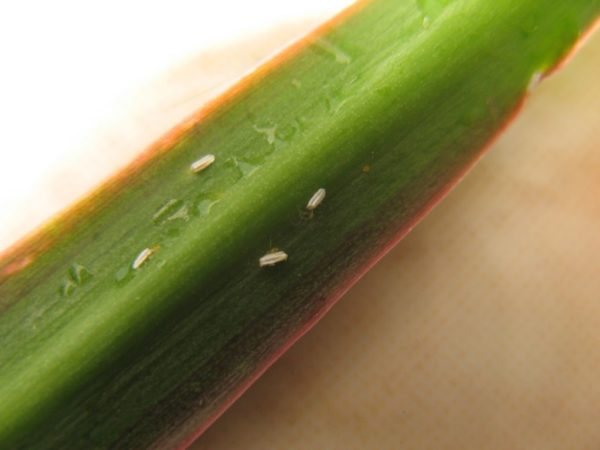

Pear-shaped
The pear-shaped pest is of European origin. The purpose of such an insect is plants of a fruit nature or stone fruit. Such an insect differs from its counterparts in that after the defeat of the fetus, the victim acquires pigmentation in the form of red spots.
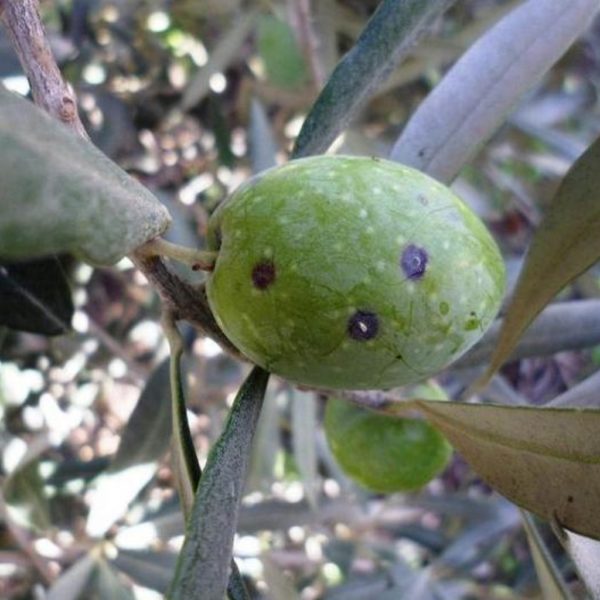

Orange
The orange scale scabbard affects only citrus plants. You can meet it only on oranges, lemons, pomegranates and grapefruits.
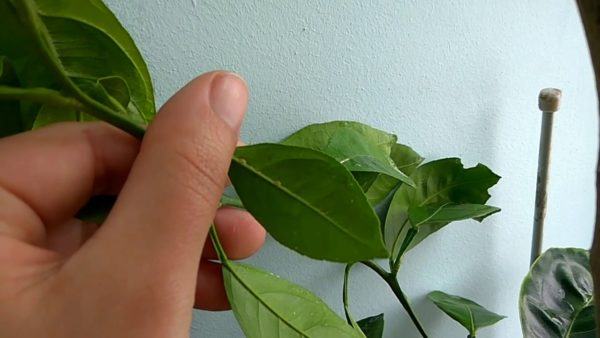

Orange
Important! The orange scale insect is a dangerous pest and affects crops of citrus origin. Such a pest can cause the fruits of the plant and its leaves to fall off, or even its complete wilting.
Shields of this type are small, up to two millimeters. Females of this species have a round body shape. As for the males, their scutellum has a flat character. Often this species has a red or brown color, but there are also yellow ones.
Adult male insects are small enough and have only two wings. They live no more than six hours, and die after mating. Unfertilized females are found by males according to a certain smell, which is pheromones.
In one year, insects of this type can give no more than eight generations and at least four. This species is exceptionally viviparous. On average, about 70 larvae can be counted per birth.
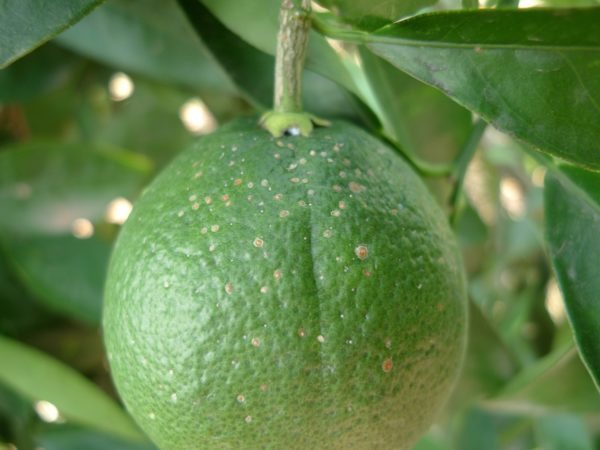

Pine
The pine scaled belongs to such a detachment as the Homoptera. The distribution of this type of scale insects affects the zone of the forest-steppe and steppe. The larvae of such a scale insect are capable of infecting pines and spruces, which in the future will cause these crops to dry out.
Reference. In order to combat these pests, it is necessary to identify them as early as possible. The best way to control these pests is by using systemic insecticides, for example, "Aktara".
This method is suitable only in the season when females feed for the birth of a new generation.


Other types
The soft scabbard damages a wide variety of plants. Its body length can reach up to four millimeters. The method of reproduction in soft scale insects is viviparous.
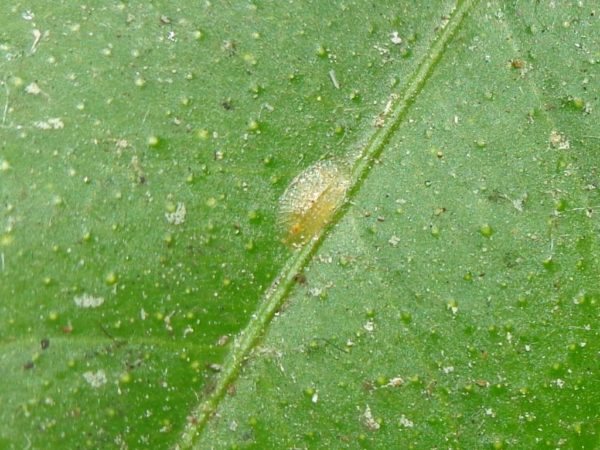

Reproduction of scale insects
For reproduction, females have to leave small oval larvae on the leaves. They lay at least one hundred individuals at a time. After 1-2 weeks, the larvae grow up and gradually spread to other branches of the trees. Young individuals feed on tree sap, which they get with the help of a special proboscis. It is gradually introduced into the surface of the leaves, after which the scabbards suck in the juice.
When the outdoor temperature drops, a dense shield appears on the surface of insects, which protects them from the effects of the external environment. By winter, all young larvae become adults. In the second half of March, when the sap begins to move in the trees, the scale insects are activated. New larvae are distributed over all parts of the plant, stick to the surface of the leaves and begin to feed.
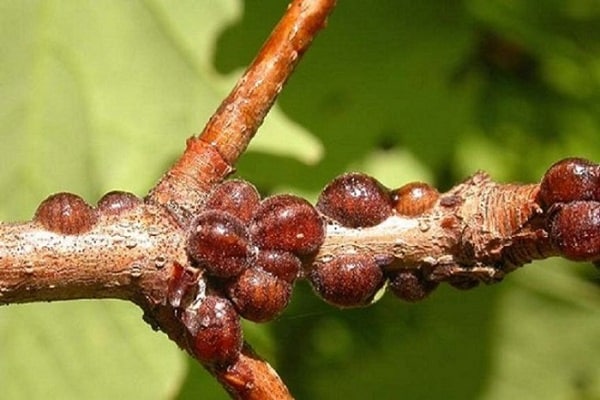

If the scale insect is not eliminated in time, it will constantly multiply, and the individuals will completely cover the apple trees. This will damage the trunk and kill the trees.
Is it possible to finally rid the plant of the scale insect and how can it be cured after that?
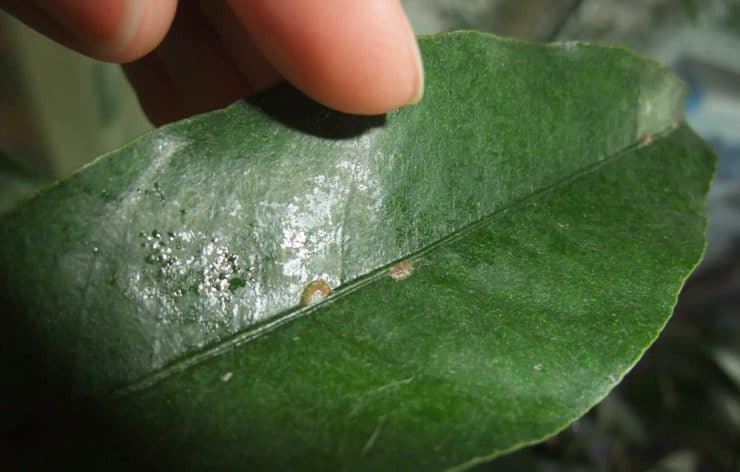

If you choose the right way to fight insects and start treating the affected plant in time, you will be able to save it from death. It will be possible to cure a sick flower if:
- isolate the infected plant;
- put the affected flower on a windowsill located on the sunny side, and water it as rarely as possible if poor watering and an abundance of ultraviolet radiation will not harm it;
- trim and burn heavily infected plant parts;
- replace the topsoil.
It is not required to treat the infected plant with any medication. It is only important to destroy the parasites in time. Treatment involves adherence to the listed recommendations and daily inspection of the flower for the appearance of new individuals.
Causes of infection of garden trees
Usually, the scabbard gets to the site with newly acquired seedlings or grafting material.Sometimes their larvae are carried by birds or the wind (if the affected trees are not very far away).
To avoid this, you need to carefully examine the purchased cuttings or young seedlings. Even if nothing was noticeable on them, after planting the trees, it was imperative to frequently inspect and systematically examine the entire garden. Gardeners recommend paying the most attention to the appearance of plants.
Folk remedies
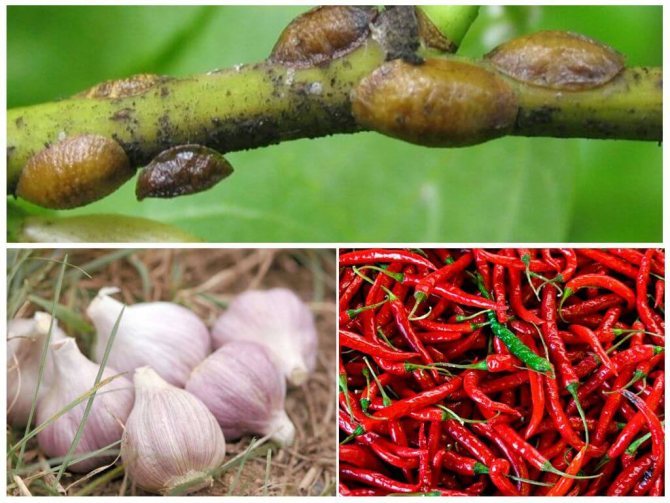

Folk remedies for the scabbard You can fight at home with the help of folk remedies. To do this, use a variety of infusions:
- Garlic. Pour chopped garlic cloves (5 pcs.) With one liter of warm water, insist the resulting solution for a day. Spray the plant and soil.
- Hot peppers. Finely chop 50 grams of hot peppers, pour 0.5 liters of boiling water over it and boil for 5 minutes. After the solution has cooled, the affected plants are sprayed with it.
- Onion. Finely chopped onion is poured with warm water and infused for several hours. The resulting solution must be wiped off the leaves.
Folk remedies help well if the plants are not severely affected by the scabbard. Otherwise, resort to other methods using chemicals.
Feedback
Since I live in a private house, I chose this method to destroy the scabbard. I grow hot peppers every year. I prepared a solution and performed the procedure. I repeated it after 3 days. My flowers are healthy again.
Maria, Lipetsk
How to identify a pest
On the bark of a tree or bush inhabited by a scabbard, curved, comma-like gray-brown scutes (takes on the shade of the bark of the affected tree) are visible, maximum 4 mm long. The female or insect eggs are covered with shields. With a strong colonization of a tree or bush, the bark is almost completely covered with a shield, the plant quickly loses strength, the bark dies and leaves fall off, young branches stop growing, and the tree becomes non-frost-resistant and prone to infection by other pests, fruit buds are not laid. A distinctive feature of the apple comma-shaped scale on the fruits is that small red spots are clearly visible.
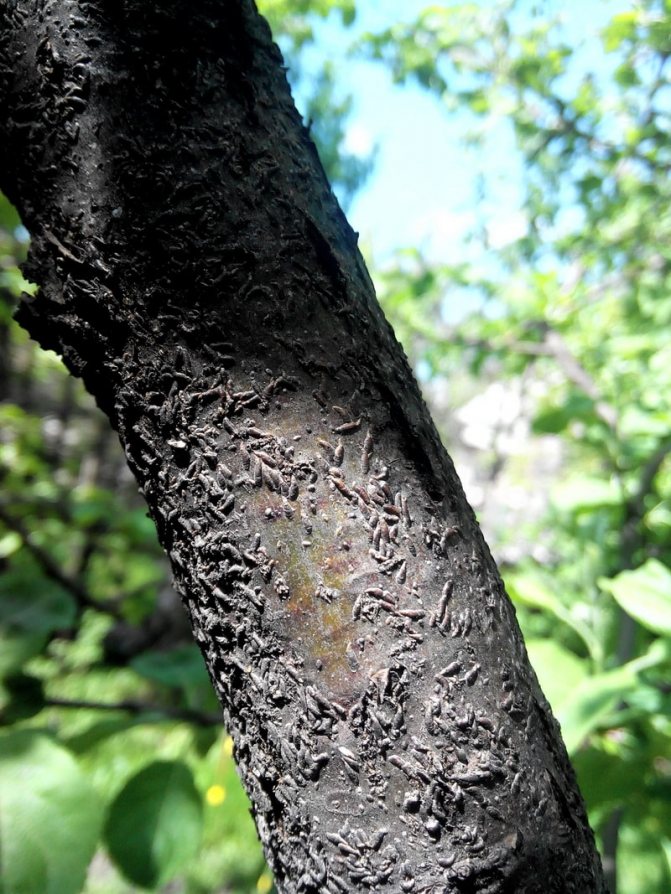

The insect prefers apple trees to a greater extent, however, it can also be found on pear, plum, currant, peach, cherry plum and mulberry. Often affects mountain ash or hawthorn. Rarely settles on walnuts or dogwoods.

